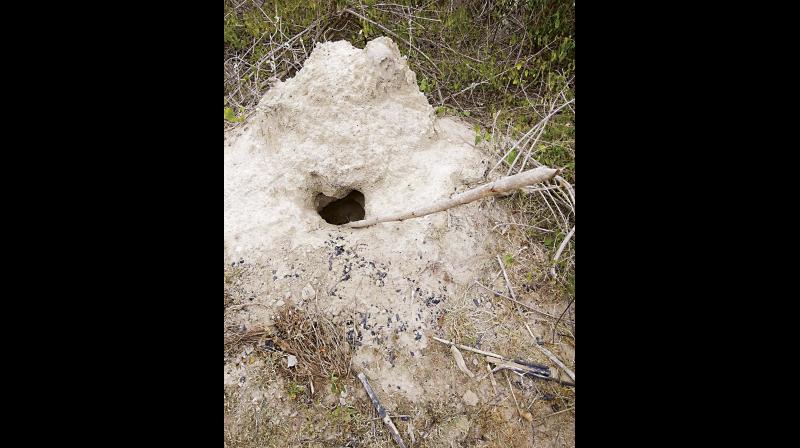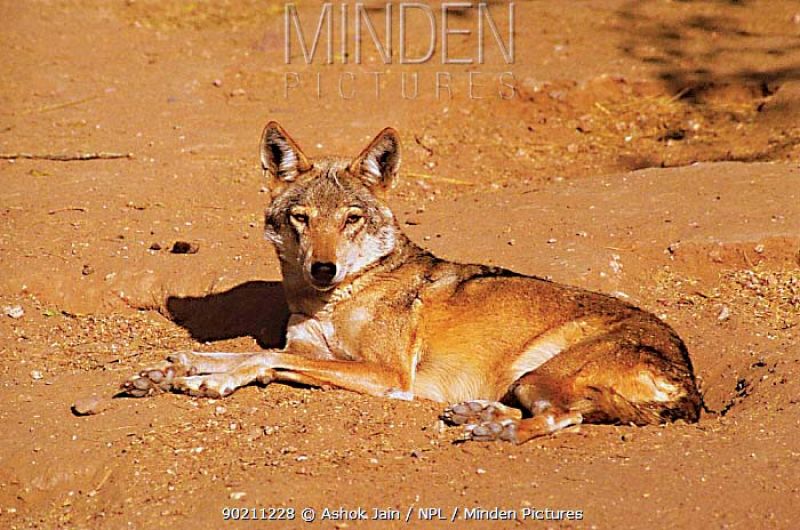No wolves at Melkote, two packs to arrive from Koppal

Mandya: The cameras installed near waterholes in these forests have captured images of foxes, leopards and peacocks, but none of the Indian Grey Wolf.
This may not have mattered except that these images are from the Melkote Wolf Sanctuary, the first such protected area for wolves in the country set up by the maharajas of Mysore.
 This may not have mattered except that these images are from the Melkote Wolf Sanctuary
This may not have mattered except that these images are from the Melkote Wolf Sanctuary
Sadly, despite their well intended initiative, wolves have not been sighted here for over a decade. With neither officers on patrol, nor the cameras at 13 waterholes able to establish the presence of the wolves in the sanctuary for close to a year, forest officials now plan to translocate two packs of eight to 10 wolves from Koppal or Ballari district to the sanctuary to breed.
Headed by Deputy Conservator of Forests, V Yedukondalu, the sanctuary is so serious about reviving their numbers by this translocation that it plans to radio collar a male and a female wolf in each of the two packs to study their movements. “The Melkote terrain is hilly and rocky with many dens , very suitable for wolves,” says Mr Yedukondalu. who doesn’t believe that all wolves have left the sanctuary as they are known to coexist with foxes and jackals that are still found in good number its grounds. “This indicates that wolves are present in some corners of the sanctuary that is spread over 55 sq kms,” he contends.
It's however, feared that some wolves may have been forced to migrate to other locations owing to shortage of water in the sanctuary. Plans are now afoot to ensure regular water supply to the animals here to prevent such forced migration.
The cameras installed near waterholes in these forests have captured images of foxes, leopards and peacocks, but none of the Indian Grey Wolf.
This may not have mattered except that these images are from the Melkote Wolf Sanctuary, the first such protected area for wolves in the country set up by the maharajas of Mysore.
Sadly, despite their well intended initiative, wolves have not been sighted here for over a decade. With neither officers on patrol, nor the cameras at 13 waterholes able to establish the presence of the wolves in the sanctuary for close to a year, forest officials now plan to translocate two packs of eight to 10 wolves from Koppal or Ballari district to the sanctuary to breed.
Headed by Deputy Conservator of Forests, V Yedukondalu, the sanctuary is so serious about reviving their numbers by this translocation that it plans to radio collar a male and a female wolf in each of the two packs to study their movements. “The Melkote terrain is hilly and rocky with many dens , very suitable for wolves,” says Mr Yedukondalu. who doesn’t believe that all wolves have left the sanctuary as they are known to coexist with foxes and jackals that are still found in good number its grounds. “This indicates that wolves are present in some corners of the sanctuary that is spread over 55 sq kms,” he contends.
It's however, feared that some wolves may have been forced to migrate to other locations owing to shortage of water in the sanctuary. Plans are now afoot to ensure regular water supply to the animals here to prevent such forced migration.

